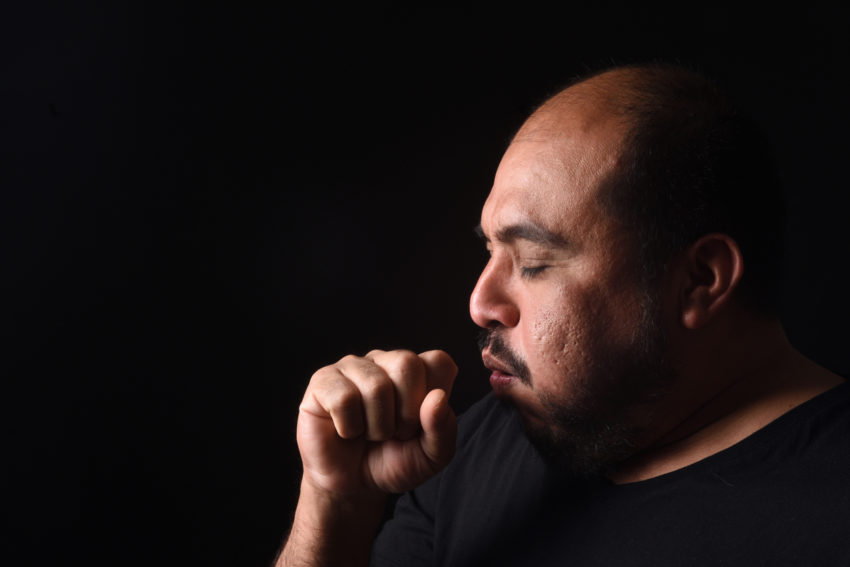
Share On Social!
As the fate of the Affordable Care Act currently hangs in the balance and won’t be decided until at least 2021, the amount of people with no health insurance coverage continues to rise.
Latinos especially lack health coverage, which jeopardizes their health.
“Going without coverage can have serious health consequences for the uninsured because they receive less preventive care; and delayed care often results in serious illness or other health problems,” according to the Kaiser Family Foundation. “The financial consequences of not having insurance [can also lead] to difficulties paying medical bills and higher rates of medical debt among the uninsured.”
What’s the Fate of the Affordable Care Act?
The Affordable Care Act (ACA), or Obamacare, took effect in 2010.
 The U.S. Supreme Court upheld the ACA’s “individual mandate” in 2012. This mandate is that Obamacare requires most Americans to pay higher income taxes for not having health insurance.
The U.S. Supreme Court upheld the ACA’s “individual mandate” in 2012. This mandate is that Obamacare requires most Americans to pay higher income taxes for not having health insurance.
But in 2018, a Texas judge ruled that elements are unconstitutional. The judge struck down the entire ACA. A U.S. appeals court affirmed that ruling a year later.
In January 2020, the Supreme Court rejected a motion to fast-track the case.
“The denial keeps the case alive while almost certainly delaying any reckoning on it until after the 2020 election,” according to Ian Millhiser in a Vox report. “Though the Court may still hear the case, it’s unlikely to decide the case until 2021 at the earliest.”
Did the ACA Really Boost Health Care Coverage?
Yes, without question.
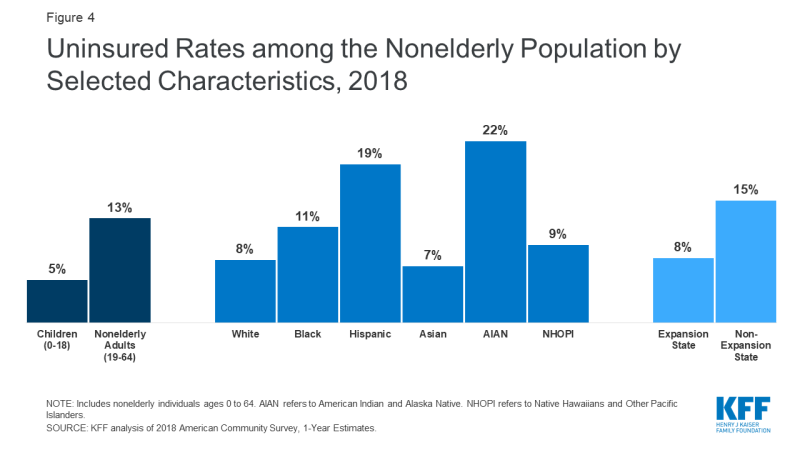 Between 2010 and 2016, the number of uninsured people dropped from 46.5 million to under 27 million. This is primarily through an expansion of Medicaid eligibility and subsidies for private coverage bought through the ACA’s marketplaces.
Between 2010 and 2016, the number of uninsured people dropped from 46.5 million to under 27 million. This is primarily through an expansion of Medicaid eligibility and subsidies for private coverage bought through the ACA’s marketplaces.
The ACA’s impact on coverage for racial/ethnic groups is profound.
The percentage of Latinos with no health insurance coverage dropped from 30% in 2010 to 19% in 2017, according to data in a December 2019 report from the Kaiser Family Foundation (KFF).
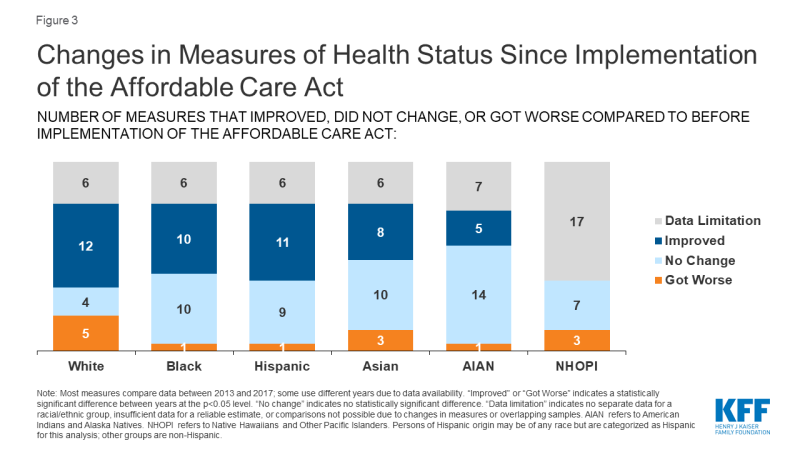 AIDS diagnoses, heart disease, and cancer death rates, and smoking rates decreased for most groups.
AIDS diagnoses, heart disease, and cancer death rates, and smoking rates decreased for most groups.
“All racial groups have experienced substantial increases in their health insurance coverage,” Algernon Austin, with the Center for Global Policy Solutions (CGPS) writes. “Before the ACA was enacted, people of color were much more likely to be uninsured than Whites. Obamacare has reduced these disparities and has essentially eliminated the difference between the uninsured rates of Asian Americans and Whites and of Black and White children.”
How Much is Insurance Coverage Declining?
Despite these positive gains, coverage disparities remain. Latinos and Blacks have significantly higher uninsured rates (19% and 11%, respectively) than Whites (8%) as of 2018.
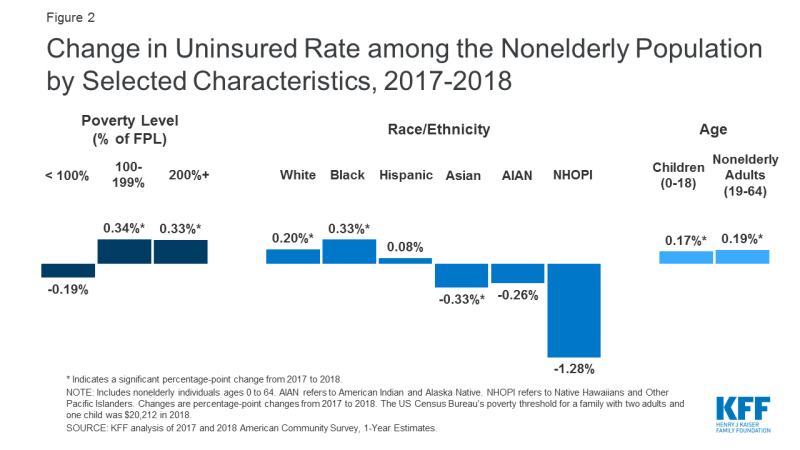 Now coverage rates are even starting to decline.
Now coverage rates are even starting to decline.
“For the second year in a row, the number of uninsured people increased from 2017 to 2018 by nearly 500,000 people, according to a December 2019 KFF report.
Between 2017 and 2018, Blacks experienced the largest increase in the uninsured rate by 0.33 percentage points (to 11.5%) in 2018.
The rate for Latinos and Native Hawaiians and Other Pacific Islanders did not significantly change, according to the KFF report.
Why Is Insurance Coverage Declining?
We recently reported some reasons for declining ACA participation.
For Latinos, reasons include fears around the public charge rule, immigration status, and deportation.
 Cost continues to be a huge barrier to health care, too.
Cost continues to be a huge barrier to health care, too.
As of 2018, Latinos were the most likely group to report going without needed care due to cost (21%). This is more compared to Blacks (17%) and Whites (13%).
That makes it imperative to address barriers to care among Latinos.
How Can We Boost Latino Health Care Coverage?
Many groups are working hard to connect Latinos to healthcare coverage.
During each ACA enrollment cycle, Hispanic Unity of Florida holds registration events and offers appointments with trained, bilingual application counselors at their headquarters.
Also, Raising Women’s Voices developed a Spanish guide to help Latinas utilize health insurance resources. The guide, Mi Salud, Mi Voz: Una Guía Paso a Paso Para Mujeres Sobre Cómo Usar el Seguro Médico, explains how to use insurance cards and choose a primary care provider who is in a health plan network.
In Oregon, health officials embedded in schools to help parents with health issues.
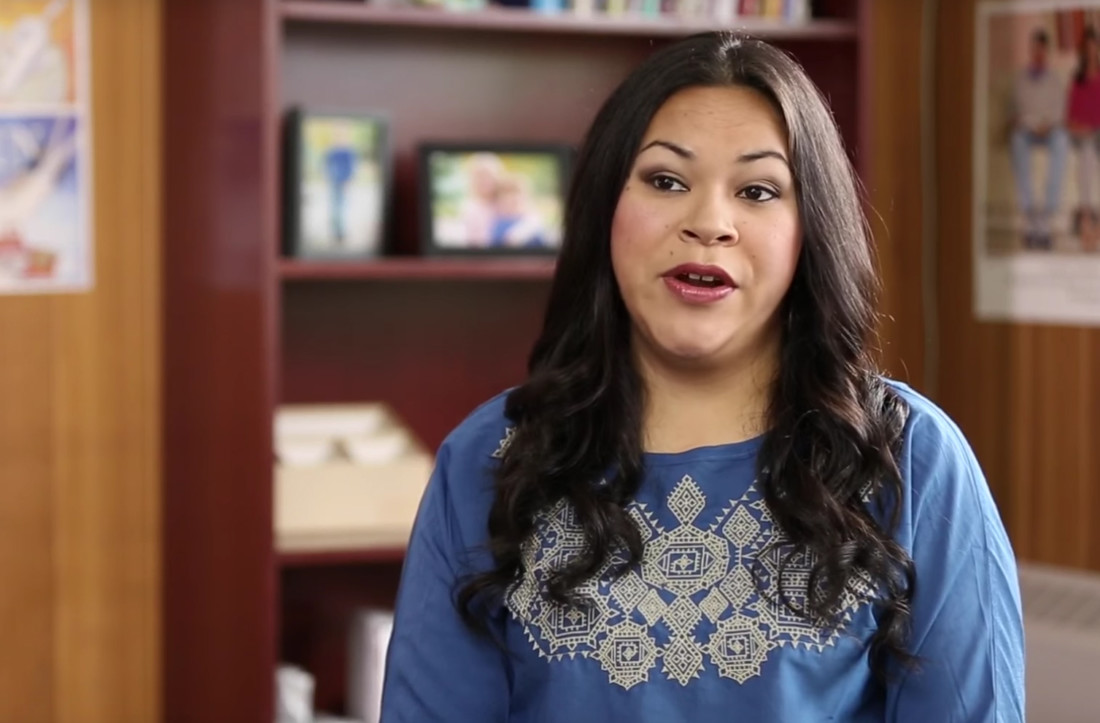
Rocio Muñoz, a health navigator for Benton County Health Department, worked with the local school district to embed bilingual, bicultural health navigators into elementary schools in Corvallis, Ore. (7.4% Latino).
Navigators connect families to health insurance, health care services, and well child checks.
“We are all here together to help the kids and to make sure that families get what they need,” said Claudia Bouvier, operations assistant at Garfield Elementary School in the Corvallis School District.
We also recently identified 10 actions to integrate social needs into health care.
You Can Help Change the Environment for Health Equity for All!
The health care system tends to overlook conditions such as social, environmental, and financial health.
Fortunately, heroes are changing the environment to achieve health equity, where everyone has a fair, just opportunity to be their healthiest:
- James Rojas is promoting “Latino Urbanism.” This empowers community members and planners to inject the Latino experience into the urban planning process.
- People like Dr. Jabraan Pasha and Kelly Capatosto are increasingly reducing implicit bias. These biases are attitudes or stereotypes that affect our understanding, actions, and decisions unconsciously.
- Police and schools are coming together to start Handle With Care programs to better support children who experience trauma at home. Moline, Ill., just started one.
You can do your part, too.
Get a “Health Equity Report Card” for Your Area!
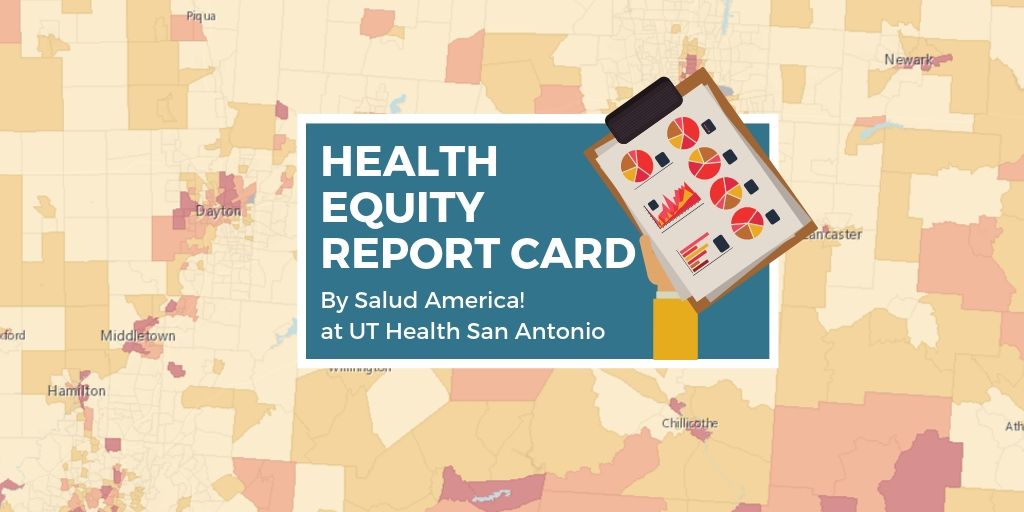 Select your county name and get a customized Health Equity Report Card by Salud America! at UT Health San Antonio. You will see how your area stacks up in housing, transit, poverty, health care, healthy food, and other health equity issues compared to the rest of your state and nation.
Select your county name and get a customized Health Equity Report Card by Salud America! at UT Health San Antonio. You will see how your area stacks up in housing, transit, poverty, health care, healthy food, and other health equity issues compared to the rest of your state and nation.
You can email your Health Equity Report Card, share it on social media, and use it to make the case for community change to boost health equity.
Get your health equity Report Card!
Explore More:
Healthcare AccessBy The Numbers
25.1
percent
of Latinos remain without health insurance coverage



